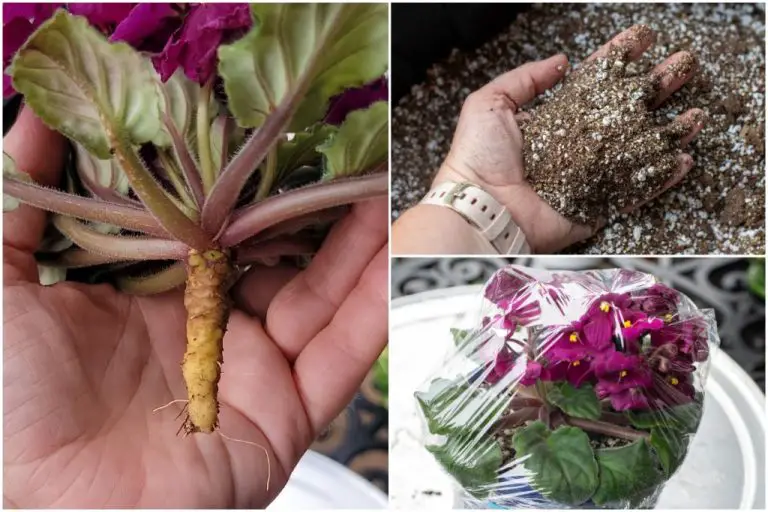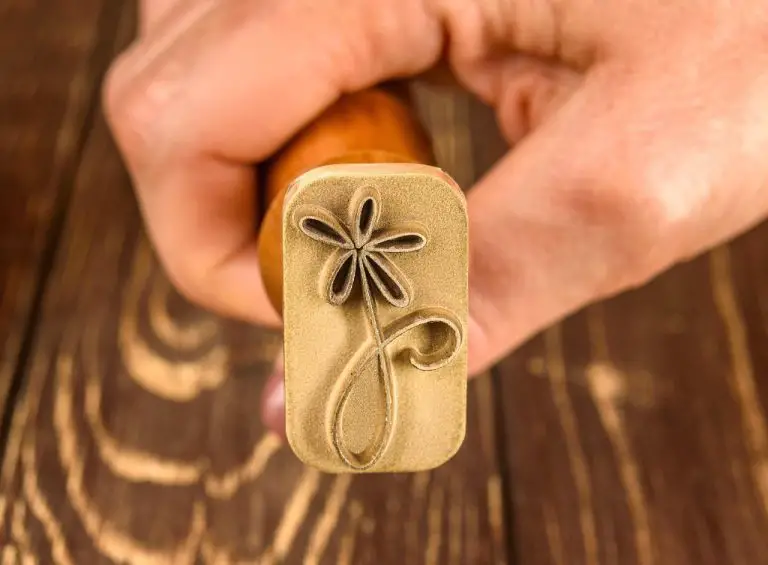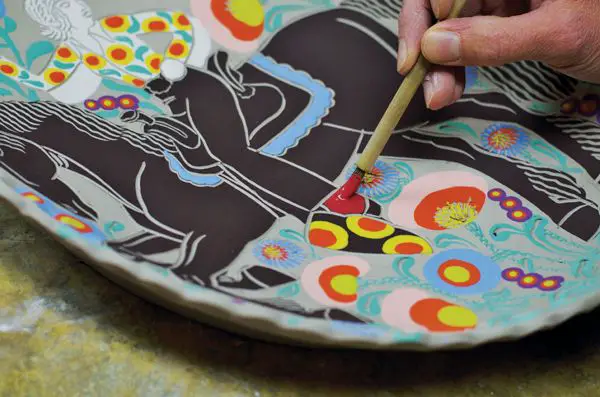Why Is My Air Dry Clay Sticking To The Surface?
Working with air dry clay can be a fun and rewarding craft, but it can also pose some challenges. One of the most common issues that arises is the clay sticking to surfaces, which can be frustrating and make projects difficult to complete. This comprehensive guide will provide an overview of why air dry clay sticks and give helpful tips to prevent sticking.
Composition of Air Dry Clay
Air dry clay is made from simple household ingredients. The main ingredients in basic homemade air dry clay are:
Flour – All purpose flour acts as the base, providing the bulk and structure of the clay. The proteins in the flour give air dry clay its stretchiness and strength when dry.
Salt – Table salt is added to harden and strengthen the clay. Salt inhibits mold growth, helping the clay last longer.
Water – Water acts as the binding agent, enabling the flour and salt particles to stick together to form a malleable clay material. The water evaporates as the clay dries.
In addition to these three basic ingredients, air dry clay may also contain smaller amounts of materials like oil, cream of tartar, or liquid starch to modify the texture and workability.
Surface Preparation
Proper surface preparation is crucial for working with air dry clay to prevent sticking. The surface you plan to sculpt on must be smooth, clean, and free of residues. Any bumps, cracks, dirt, oil, or debris can cause the clay to adhere unevenly.
Start by cleaning the surface thoroughly with soap and water, then rinse and let dry completely. Avoid using cleaners that leave an oily film or residue. For porous surfaces like unsealed wood or terra cotta, apply a thin sealant layer first to fill pores and create a smoother foundation.
Lightly sanding the surface with fine grit sandpaper can help remove flaws and roughness. Wipe away any dust afterwards. You may also apply a thin layer of cooking oil, vegetable oil, or petroleum jelly as a release agent. Spread thinly and wipe away any excess oil for ideal results.
Properly preparing your sculpting surface takes a little extra time upfront, but prevents frustration and damage later on. With the right prep work, your clay creation will lift off easily when complete.
Sealing the Surface
One of the most effective ways to prevent air dry clay from sticking to surfaces is to seal them first with a protective coating. Sealants and varnishes provide a smooth, non-porous barrier between the clay and the surface it is being worked on. This extra layer prevents the clay from penetrating into the pores of materials like unsealed wood, allowing projects to be easily lifted off when complete.
There are several benefits to sealing surfaces before working with air dry clay:
- Creates a smooth, slippery surface that clay won’t grip onto
- Prevents staining or residue being left behind
- Allows projects to be moved or repositioned during the drying process
- Makes clean up much easier when finished
- Protects porous surfaces like wood from absorbing moisture
- Extends the life of work surfaces
Some popular options for sealants and varnishes include polyurethane, acrylic varnish, and epoxy resin. When selecting a sealer, opt for one that dries fully clear with a high-gloss finish. Be sure to apply multiple thin coats and allow ample drying time between each application. Properly sealing surfaces before starting air dry clay projects will make the entire process much smoother and frustration-free.
Kneading the Clay
One of the most important steps when working with air dry clay is to knead it thoroughly before beginning your project. Kneading helps to ensure the clay has an even consistency throughout. When clay is insufficiently kneaded, you may end up with pockets of wet and dry that can contribute to pieces cracking or sticking as they dry.
Start by kneading a lump of clay vigorously between your hands or fingers. Fold, press, and roll the clay over itself repeatedly. Pay attention to any stiff or overly soft spots, and keep working them until the texture is uniform. It can take several minutes of continuous kneading to achieve a smooth, supple clay ready for sculpting. Resist the urge to rush this step!
Continue kneading portions of clay as you work. If you notice cracks appearing at the edges as you sculpt, that’s a sign to stop and knead that piece more. Well-kneaded clay should be soft, smooth, and free of cracks or powdery areas.
Kneading thoroughly helps align the material’s molecules to achieve an ideal viscous state. It also removes trapped air pockets that could otherwise weaken sculpts. Take your time with this simple but important technique for frustration-free air dry clay projects.
Applying Even Pressure
When working with air dry clay, it’s important to apply even pressure as you mold and shape it. Uneven pressure can lead to the clay sticking in places, creating an uneven surface and problems when drying.
Press down with the same amount of force across the entire piece. Don’t push too hard in some spots and too lightly in others. This uneven force can cause air pockets between the clay and the work surface, allowing moisture to seep in and parts of the clay to adhere.
Similarly, don’t press down and drag your hands across the surface. This sliding motion can tug on parts of the clay, stretching it thinner in some areas. Sticking happens most often in these thin spots.
Applying even pressure takes practice, so go slowly at first. Roll or press the clay with a steady, consistent motion. Check for any small thin patches forming and remedy these by gently kneading that area to distribute the clay evenly again.
With an even touch and uniform pressure, you can shape intricate clay creations without the frustration of sticking and tearing.
Letting Sections Dry
When working with air dry clay, it’s important to let each section dry fully before adding more clay or assembling the sculpture. If you add wet clay to areas that are still damp, the moisture can make the clay sticky and cause it to bond in unintended ways.
To prevent sticking, build your sculpture in stages – create each component separately and let it dry completely before attaching to other elements. Air dry clay typically takes 24-48 hours to dry fully, depending on the thickness and environmental factors.
Resist the urge to rush the drying time. Allow the clay adequate time to dry all the way through, not just on the surface. Check for dryness by pressing gently – the clay should be hard, not spongy.
Once sections are fully dry, you can proceed with joining them or adding new clay. Using patience at this stage helps ensure a strong, high-quality finished product that won’t warp or stick where you don’t want it.
Using Tools
One way to help prevent sticking when working with air dry clay is to use the proper smoothing tools. Plastic, wood, or metal sculpting tools can help smooth the clay against the work surface without it getting stuck. Avoid using your fingers or hands directly on the clay as the warmth and moisture can cause it to adhere.
Metal tools like sculpting blades or spatulas are ideal for scraping clay and removing excess material without it sticking to the tool. Just be gentle so you don’t dig into the clay base. Plastic tools like clay shapers and modelling tools allow you to gently press and smooth the clay as you work. And wood tools like paddle smootheners give you a flexible but firm surface to help flatten and compress clay without sticking.
Having a variety of dedicated clay working tools on hand can make a big difference in preventing sticking and frustration. They also allow you to create more precise, professional looking clay models and sculptures. Just be sure to have a wet cloth or water bowl nearby to regularly moisten and clean the tools as you work to prevent clay residue from building up. With the right tools and techniques, you can work with air dry clay and avoid those pesky sticking issues.
Proper Storage
Between uses, it is important to store air dry clay properly to prevent it from drying out or becoming contaminated. Here are some tips for proper storage:
- Wrap unused clay in plastic wrap or place it in a sealed plastic bag or airtight container. This prevents the clay from drying out.
- Make sure the clay is not exposed to air. Air exposure will cause it to dry out and harden.
- Store clay in a cool, dry place away from direct sunlight. Heat and sunlight can dry and harden the clay.
- Make sure the storage container is clean to avoid contaminating the clay. Do not store clay in a container that held other materials.
- If storing clay for a long time (weeks or months), consider placing a damp paper towel in the container to help maintain moisture.
- Avoid freezing the clay, as this can impact its consistency and performance.
Following these proper storage guidelines will help keep air dry clay soft and pliable between uses.
Troubleshooting Tips
If you find your air dry clay sticking to surfaces, here are some solutions to try:
- Make sure to seal porous surfaces like wood, tile, or terra cotta with a sealant before working with the clay. This creates a barrier between the clay and surface.
- Knead the clay thoroughly before use. Insufficient kneading can result in a tacky consistency that sticks.
- Apply even pressure when rolling or pressing the clay. Don’t pull or drag pieces across the work surface.
- Work in sections and let pieces dry fully before moving or touching them. Handling clay before it dries can cause sticking.
- Use tools like rollers and sculpting sticks, rather than fingers, to manipulate the clay. The warmth of hands can make clay tacky.
- Make sure clay is tightly sealed in packaging when storing. Exposure to air can cause drying and sticking.
- Consider dusting your work surface lightly with cornstarch if sticking persists. The cornstarch acts as a release agent.
With proper preparation of your work surface and care when working with the clay, you can avoid those frustrating sticking issues.





